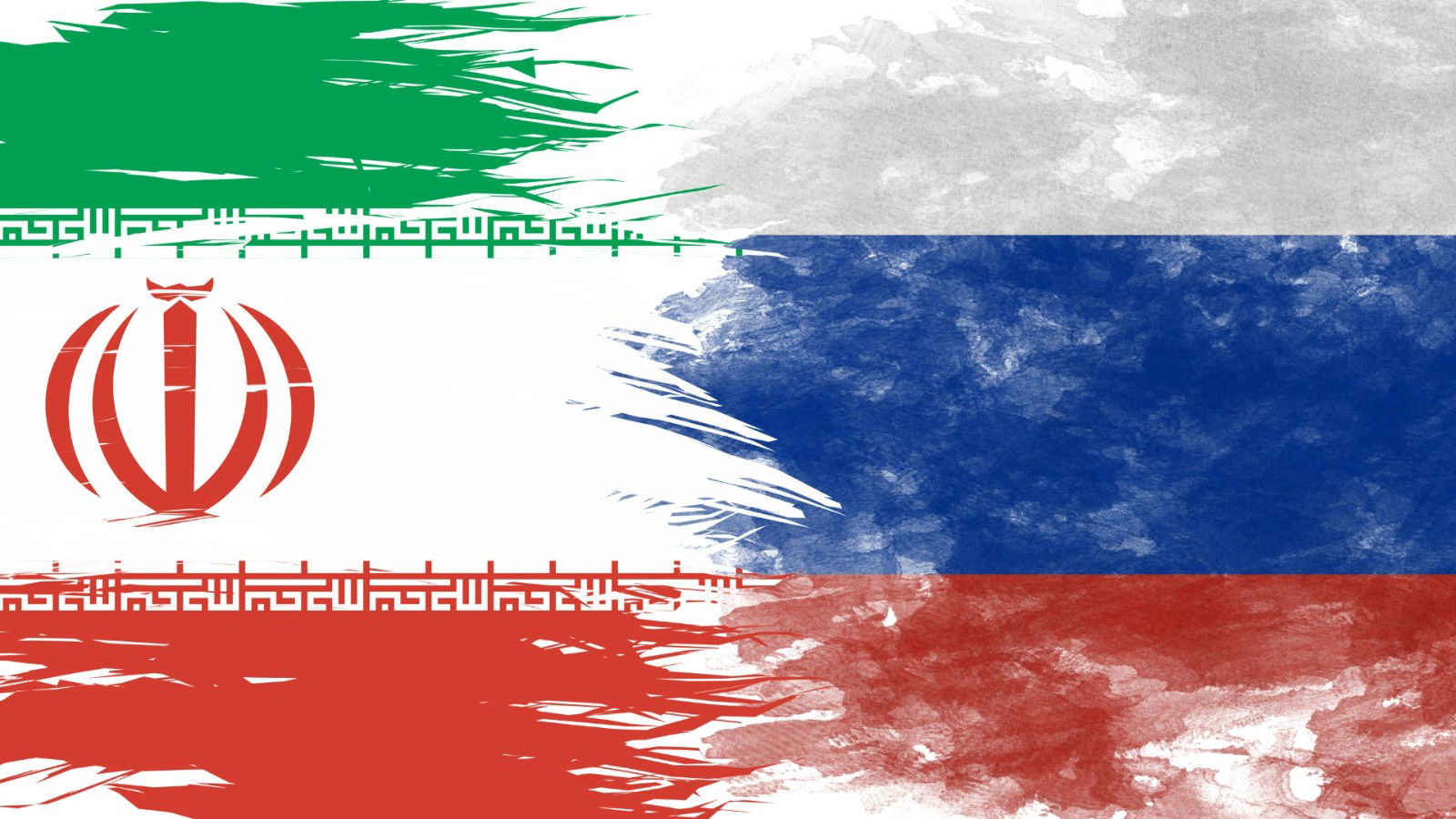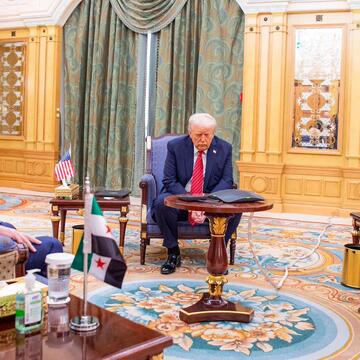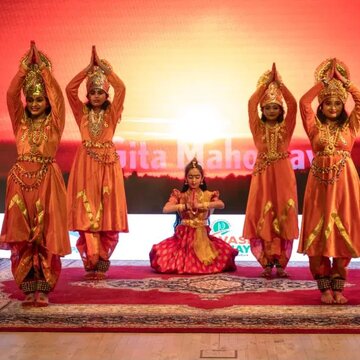Snapback sanctions are a legal process started by the United Nations Security Council Resolution 2231 (2015), which automatically reimposes the UN sanctions on Iran previously lifted, if Iran is found to be in “significant non-performance” of its commitments under the Joint Comprehensive Plan of Action (JCPOA) nuclear deal.
The legal and diplomatic plays by the European powers led to a new geopolitical formation. Iran and Russia relations are taking a new shape; a strong official partnership is forming between the two countries.
The E3 – France, Germany, and the United Kingdom triggered the Joint Comprehensive Plan of Action (JCPOA)’s “snapback” sanctions on August 28, 2025, to ditch Iran’s effort. The E3 highlighted Iran’s massive stockpile of enriched uranium and pointed it as “significant non-performance” of the 2015 nuclear deal (JCPOA), and hence the E3 tried to reimpose all UN sanctions against Iran.
Iran-Russia ties deepen amid the sanctions.
The move by E3 was to isolate Iran; however, Iran replied with a strong counter-alignment. Russia and China immediately declared the E3’s snapback sanction to be “null and void”, claiming that Europe itself failed to honour its economic commitments under the deal.
For Moscow and Tehran, these sanctions would not only strengthen their diplomatic ties but would also take a new shape of the formal partnership. On January 17, 2025, Russian President Vladimir Putin and Iranian President Masoud Pezeshkian signed a 20-year Comprehensive Strategic Treaty. This pact came into action on October 2, 2025, as soon as the snapback crisis peaked, and is a direct response to the US pressure.
This treaty would help the two sanctioned economies to create a parallel system. Russia and Iran are aggressively “de-dollarizing,” and both nations are working to link their national payment systems (Russia’s MIR and Iran’s Shetab), which would help them to create an independent payment infrastructure.
The partnership is deepening, and Iran now has a clear path to acquire the advanced Russian hardware, including Su-35 fighter jets and modern air defence systems.
The imposition of UN “snapback” sanctions by the US was to put pressure on Iran; however, the play turned sideways, and now Iran is convinced to plan its future relations with non-Western institutions like BRICS (Brazil, Russia, India, China, South Africa) and the Shanghai Cooperation Organization.





